Hello there, first post. Here's my first world problem of the day 
So with a lot research into soundproofing and understand resonance and modes and referencing especially this post here here's where I've arrived and now need some advice from people with experience.
This is my first hi-system. Actually compared to broken car audio, cheap ear buds, cellphone speakers, and google homes I'd say this was a colossal upgrade to where I'm at now. But now I'm into it I can see how the "hobby/lifestyle/awakening" really can make you rebuild rooms and drain bank accounts .
.
So my Cambridge AXA35 and ELAC Debut 2.0 6.2 sitting on Atacama Moseco 7's with 25' of 12 gauge wire and Sewell deadbolts going under the room, under the floor and between the joists and acoustic ceiling tiles in the basement from the audiorack/vinyl storage rack. (note: Turntable not seen in the pictures but it's my next (last for now) piece of gear I need to complete my system. Then it will be focusing on acoustic treatment I'd imagine... I digress. The room it's in right now is a 17 1/2 foot by 12 foot room with 8 ceilings. (8 1/2? whatever). Popcorn ceiling, electric fireplace with faux chimney chase above it (uninsulated). I rebuilt the room (sans new flooring )12-13 months ago before I had an inkling of an idea I wanted to get into hifi audio.
)12-13 months ago before I had an inkling of an idea I wanted to get into hifi audio.
My other living room has been under construction for coming up on 3 years now as it needed a gut back to the studs to solve a draft issue and rotting wall, etc. It is 23 1/2 foot by 11 3/4 foot with 10 foot ceilings. Again no considerations to make it into a listening room prior to constructing it (such as the tray ceiling).
Both rooms have big issues here's what I know
Smaller (current room):
- orientation of the room and how my wife wants it laid out do not permit me to have the stereo pointed down the long axis of the room
- 8 foot ceiling
- 2 big windows in corner of the room to the side of the and the side and back of the left speaker
- corner closer to the righter speaker than the left, or rather - asymmetrical
- electric fireplace/chimney chase right between speakers
- opening to the hallway of the right speaker, including mirror'd hallway closet
Bigger (potential room):
- tray ceiling - these are going to stay... I 've heard barrel vaulted ceilings can be a pain but would the trays have much negative impact? Regardless if the stereo is going in there or not I will be shoving insulation in the hollow of the tray to reduce eternal echo in them lol
- a wood-burning fireplace is going to be going at the end of the room (with the 2 skinny windows)
- only 11 3/4 wide for being so much longer
- patio door on the other side
- giant opening to the kitchen
In any case it seems both these rooms were not intended for hi-fi audio. That being said the bigger room I COULD throw a second layer with green glue of 5/8 drywall (there is current the one layer of 1/2") on the 2 long walls. I was going to say I can't throw it on the short walls because of the windows/doors only being wide enough for a 2x4 wall.. but then just now thought, I could get thicker trim or like laminate some trim and and have a carpenter plane/glue them so the trim is thinner on the drywall and thicker by the door... that would work too I guess! I love when those "eureka!" moments come.
So... okay yeah I could double up on the drywall which would reduce mode resonance right?
I give zero hoots about soundproofing. I live in a small village with little ambient noise other than aggressive wind and some birds maybe. No noisy diesel trucks, no trains, no jake brakes (RARELY), no industry... basically no economy working HAHA. I also don't care if you can hear my stereo from outside the house (which isn't as loud of my drums or guitar amps anyways) or from anywhere within the house, I was thinking of redoing my wife's small "Hide from the kids/craft room" and soundproofing it super good. That way she has a place to go hide in and not be so disturbed from the stereo and my awful choice of music.
So that bigger room use to be a motorcycle garage on, it doesn't share a subfloor with the house and has a concrete-floor crawlspace underneath it. 5/8 ply for subfloor. My original plan was to put 3/4" nailed hardwood down on it. Fireplace DOES has to go in. I have no other back-up heat source and we love the ambience of a real wood fireplace.
So some compromises too I guess. HOW the heck do I orientate the stereo in that room if I were to choose to put it in that room? it's not even 12 full feet wide... I love the 10 foot ceilings and I love its so long.
Of course I'm already looking at speaker upgrades. The KLH Model 5 stand out to me. My wife won't have a cow at me for putting a bunch of acoustic treatment in that room, she'd be livid if I put bass traps and diffusers/absorption panels in "her" living room. But she understands that I told her I might still do it if the idea with the other living room doesn't pan out. I might have to put her a cruise or something as a thank you.
Anyways here's some pics. I don't know what to do with the entrance the room... what about a draw-across curtain system thing... does Macrame do anything to diffuse sound? That'd look super hippy and my wife would love it (or some other draw-across hippy looking alternative to "temporarily" drawing something across that opening. It's mostly behind where I'd be sitting.
Could I do something similar in front of the patio door as well as sound absorption panels and some diffuser along the wall - or at least the side of the speakers. Do I need to worry about anything behind the sitting position? Thats another advantage of going this route with the bigger room is the sitting position wouldn't be against a wall. I wouldnt have to do such near-field listening. Which can be good and bad?
Would adding more drywall on walls/ceiling with green glue be good for reducing resonance (lowering it?) I don't care about soundproofing it. But I do want to stiffen it up right?
Hardwood with rugs good right? Nail down, I don't even know what floating is... I'm not doing laminated hardwood.
Anyways from writing this I think I've convinced myself the other room is better than the current room except for the 11 3/4" wide problem. One last advantage is I can more fun lighting, as I haven't installed lighting in the room yet and can do some fun things there. Also my audiorack can be a lot closer to my speakers and I don't have to run 25 foot wires.
Thanks for any tips/advice you can give me.
Here's a video .. the pictures make it seem like the room is skinnier than it is. Even in the video it looks less skinny but still skinner than in-person. Video cut out. Guess I need to clean out my memory haha.
Oh and I guess other question - how far should I put the speakers in from the wall, no issue bringing them about 4 feet from the patio door wall. But how far away from the walls to the sides? Can I just acoustically treat the walls beside seeing I cant bring them 4 feet from the side of the walls. That'd be ridiculous and they'd be less than 4 from each other if I did that
p.s. no turntable yet, 2 more months and I can order it - I'm going the Pro-Ject Debut Pro route. This whole hifi mess im in started with my suggesting to my coworker (unbeknownst to me was an audio salesman like 30-50 years ago) that my wife and I wanted to get of those little cheapo walmart suitcase turntables with the speakers built in. He was appalled I'd even consider that and said, "Sure if you don't give about destroying you records"... and lo and behold here we are today Thanks.
Thanks.
p.s. only an x-ray tech in Canada, putting a dedicated audio room expansion onto my house or accessory building isn't an option. However once I get the room all sorted out, I'm gonna do things like running dedicated power to the relevant outlets, new speakers, maybe a PrimaLuna Evo 300 or 400.... that'd be nice. BUT gotta get the room thing figured out first.
So with a lot research into soundproofing and understand resonance and modes and referencing especially this post here here's where I've arrived and now need some advice from people with experience.
This is my first hi-system. Actually compared to broken car audio, cheap ear buds, cellphone speakers, and google homes I'd say this was a colossal upgrade to where I'm at now. But now I'm into it I can see how the "hobby/lifestyle/awakening" really can make you rebuild rooms and drain bank accounts
So my Cambridge AXA35 and ELAC Debut 2.0 6.2 sitting on Atacama Moseco 7's with 25' of 12 gauge wire and Sewell deadbolts going under the room, under the floor and between the joists and acoustic ceiling tiles in the basement from the audiorack/vinyl storage rack. (note: Turntable not seen in the pictures but it's my next (last for now) piece of gear I need to complete my system. Then it will be focusing on acoustic treatment I'd imagine... I digress. The room it's in right now is a 17 1/2 foot by 12 foot room with 8 ceilings. (8 1/2? whatever). Popcorn ceiling, electric fireplace with faux chimney chase above it (uninsulated). I rebuilt the room (sans new flooring
My other living room has been under construction for coming up on 3 years now as it needed a gut back to the studs to solve a draft issue and rotting wall, etc. It is 23 1/2 foot by 11 3/4 foot with 10 foot ceilings. Again no considerations to make it into a listening room prior to constructing it (such as the tray ceiling).
Both rooms have big issues here's what I know
Smaller (current room):
- orientation of the room and how my wife wants it laid out do not permit me to have the stereo pointed down the long axis of the room
- 8 foot ceiling
- 2 big windows in corner of the room to the side of the and the side and back of the left speaker
- corner closer to the righter speaker than the left, or rather - asymmetrical
- electric fireplace/chimney chase right between speakers
- opening to the hallway of the right speaker, including mirror'd hallway closet
Bigger (potential room):
- tray ceiling - these are going to stay... I 've heard barrel vaulted ceilings can be a pain but would the trays have much negative impact? Regardless if the stereo is going in there or not I will be shoving insulation in the hollow of the tray to reduce eternal echo in them lol
- a wood-burning fireplace is going to be going at the end of the room (with the 2 skinny windows)
- only 11 3/4 wide for being so much longer
- patio door on the other side
- giant opening to the kitchen
In any case it seems both these rooms were not intended for hi-fi audio. That being said the bigger room I COULD throw a second layer with green glue of 5/8 drywall (there is current the one layer of 1/2") on the 2 long walls. I was going to say I can't throw it on the short walls because of the windows/doors only being wide enough for a 2x4 wall.. but then just now thought, I could get thicker trim or like laminate some trim and and have a carpenter plane/glue them so the trim is thinner on the drywall and thicker by the door... that would work too I guess! I love when those "eureka!" moments come.
So... okay yeah I could double up on the drywall which would reduce mode resonance right?
I give zero hoots about soundproofing. I live in a small village with little ambient noise other than aggressive wind and some birds maybe. No noisy diesel trucks, no trains, no jake brakes (RARELY), no industry... basically no economy working HAHA. I also don't care if you can hear my stereo from outside the house (which isn't as loud of my drums or guitar amps anyways) or from anywhere within the house, I was thinking of redoing my wife's small "Hide from the kids/craft room" and soundproofing it super good. That way she has a place to go hide in and not be so disturbed from the stereo and my awful choice of music.
So that bigger room use to be a motorcycle garage on, it doesn't share a subfloor with the house and has a concrete-floor crawlspace underneath it. 5/8 ply for subfloor. My original plan was to put 3/4" nailed hardwood down on it. Fireplace DOES has to go in. I have no other back-up heat source and we love the ambience of a real wood fireplace.
So some compromises too I guess. HOW the heck do I orientate the stereo in that room if I were to choose to put it in that room? it's not even 12 full feet wide... I love the 10 foot ceilings and I love its so long.
Of course I'm already looking at speaker upgrades. The KLH Model 5 stand out to me. My wife won't have a cow at me for putting a bunch of acoustic treatment in that room, she'd be livid if I put bass traps and diffusers/absorption panels in "her" living room. But she understands that I told her I might still do it if the idea with the other living room doesn't pan out. I might have to put her a cruise or something as a thank you.
Anyways here's some pics. I don't know what to do with the entrance the room... what about a draw-across curtain system thing... does Macrame do anything to diffuse sound? That'd look super hippy and my wife would love it (or some other draw-across hippy looking alternative to "temporarily" drawing something across that opening. It's mostly behind where I'd be sitting.
Could I do something similar in front of the patio door as well as sound absorption panels and some diffuser along the wall - or at least the side of the speakers. Do I need to worry about anything behind the sitting position? Thats another advantage of going this route with the bigger room is the sitting position wouldn't be against a wall. I wouldnt have to do such near-field listening. Which can be good and bad?
Would adding more drywall on walls/ceiling with green glue be good for reducing resonance (lowering it?) I don't care about soundproofing it. But I do want to stiffen it up right?
Hardwood with rugs good right? Nail down, I don't even know what floating is... I'm not doing laminated hardwood.
Anyways from writing this I think I've convinced myself the other room is better than the current room except for the 11 3/4" wide problem. One last advantage is I can more fun lighting, as I haven't installed lighting in the room yet and can do some fun things there. Also my audiorack can be a lot closer to my speakers and I don't have to run 25 foot wires.
Thanks for any tips/advice you can give me.
Here's a video .. the pictures make it seem like the room is skinnier than it is. Even in the video it looks less skinny but still skinner than in-person. Video cut out. Guess I need to clean out my memory haha.
Oh and I guess other question - how far should I put the speakers in from the wall, no issue bringing them about 4 feet from the patio door wall. But how far away from the walls to the sides? Can I just acoustically treat the walls beside seeing I cant bring them 4 feet from the side of the walls. That'd be ridiculous and they'd be less than 4 from each other if I did that
p.s. no turntable yet, 2 more months and I can order it - I'm going the Pro-Ject Debut Pro route. This whole hifi mess im in started with my suggesting to my coworker (unbeknownst to me was an audio salesman like 30-50 years ago) that my wife and I wanted to get of those little cheapo walmart suitcase turntables with the speakers built in. He was appalled I'd even consider that and said, "Sure if you don't give about destroying you records"... and lo and behold here we are today
p.s. only an x-ray tech in Canada, putting a dedicated audio room expansion onto my house or accessory building isn't an option. However once I get the room all sorted out, I'm gonna do things like running dedicated power to the relevant outlets, new speakers, maybe a PrimaLuna Evo 300 or 400.... that'd be nice. BUT gotta get the room thing figured out first.
Attachments
-
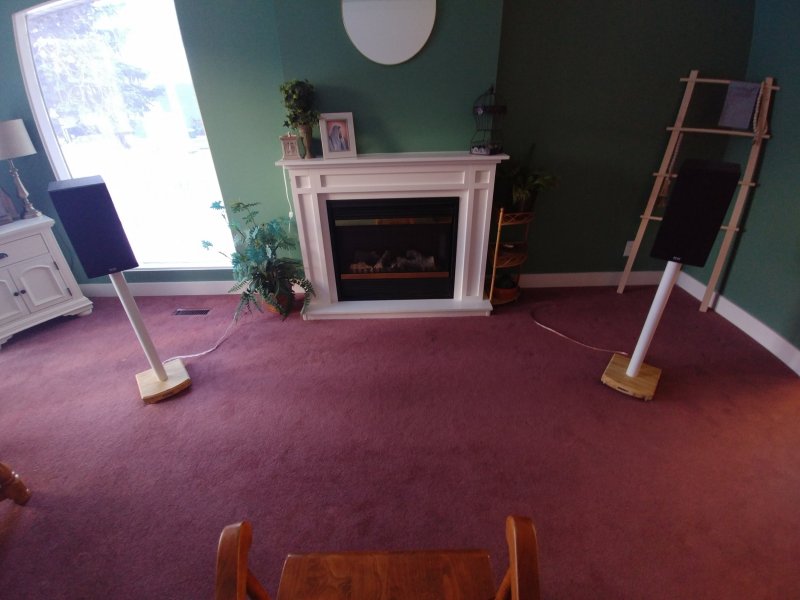 20220105_152811.jpg538.7 KB · Views: 33
20220105_152811.jpg538.7 KB · Views: 33 -
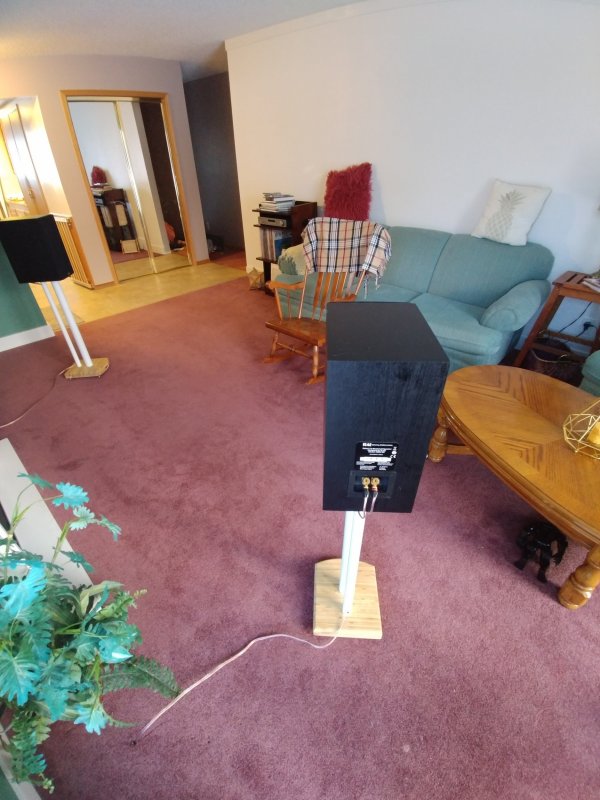 20220105_153612.jpg597 KB · Views: 34
20220105_153612.jpg597 KB · Views: 34 -
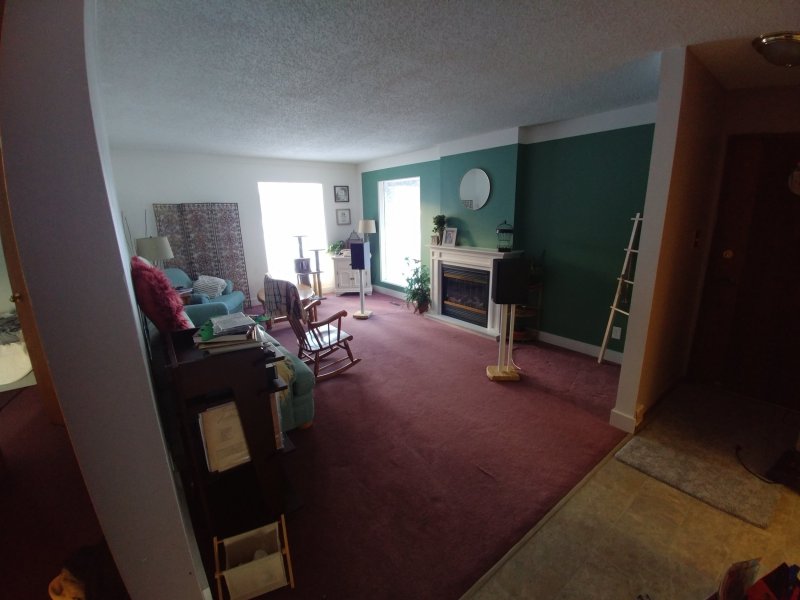 20220105_152744.jpg502.2 KB · Views: 34
20220105_152744.jpg502.2 KB · Views: 34 -
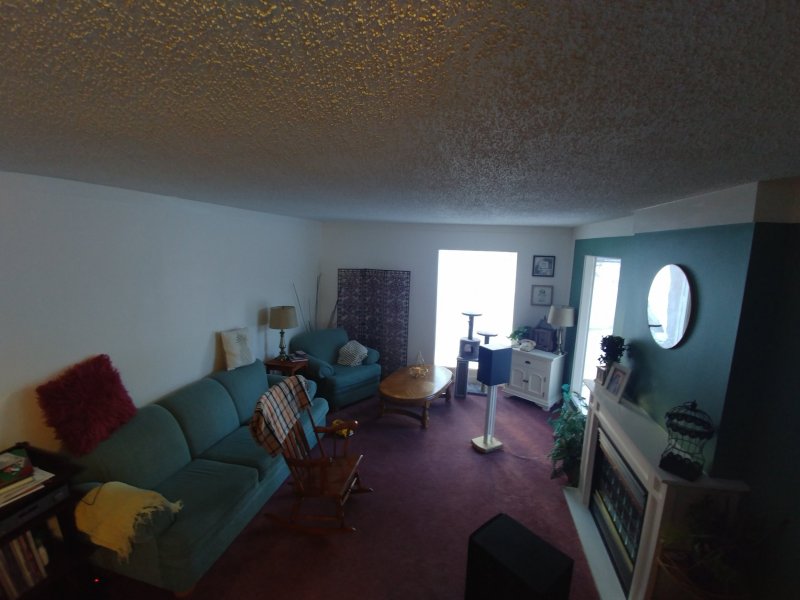 20220105_152804.jpg452.6 KB · Views: 34
20220105_152804.jpg452.6 KB · Views: 34 -
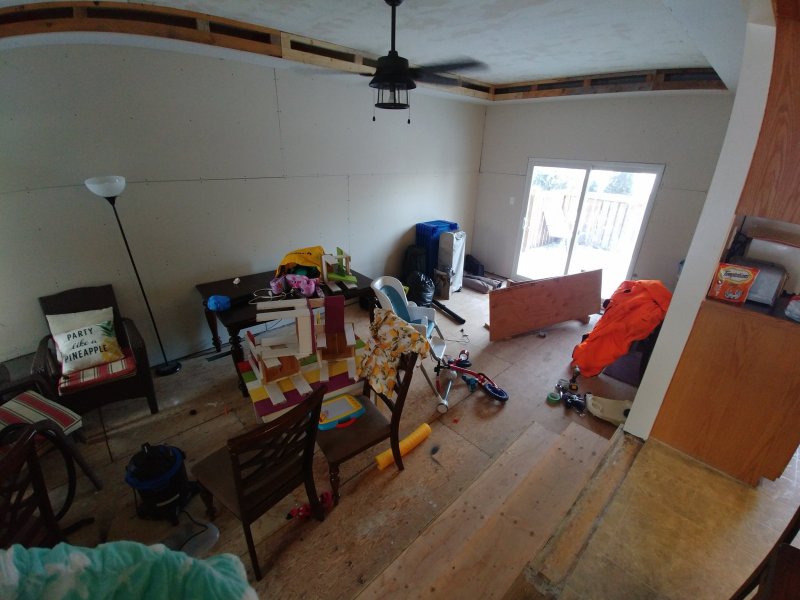 20220105_160117.jpg624 KB · Views: 32
20220105_160117.jpg624 KB · Views: 32 -
 20220105_160121.jpg487 KB · Views: 32
20220105_160121.jpg487 KB · Views: 32 -
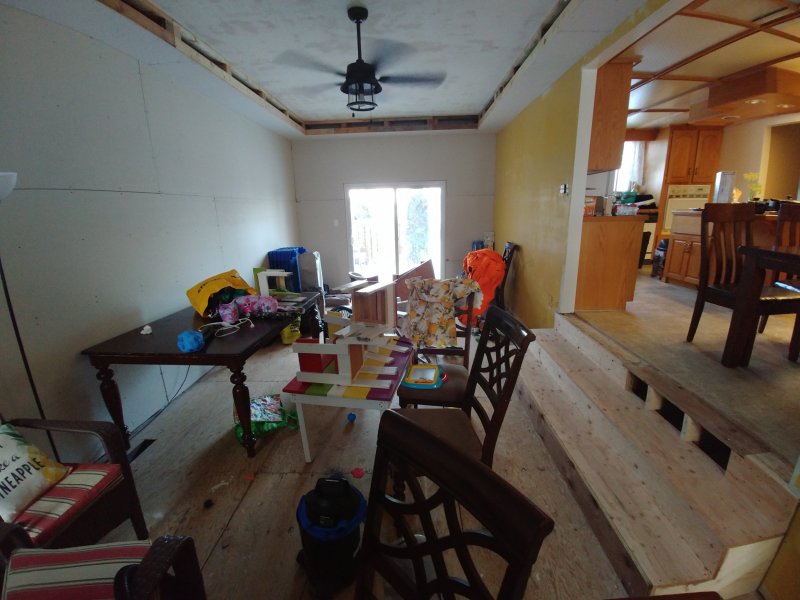 20220105_160133.jpg598.8 KB · Views: 32
20220105_160133.jpg598.8 KB · Views: 32 -
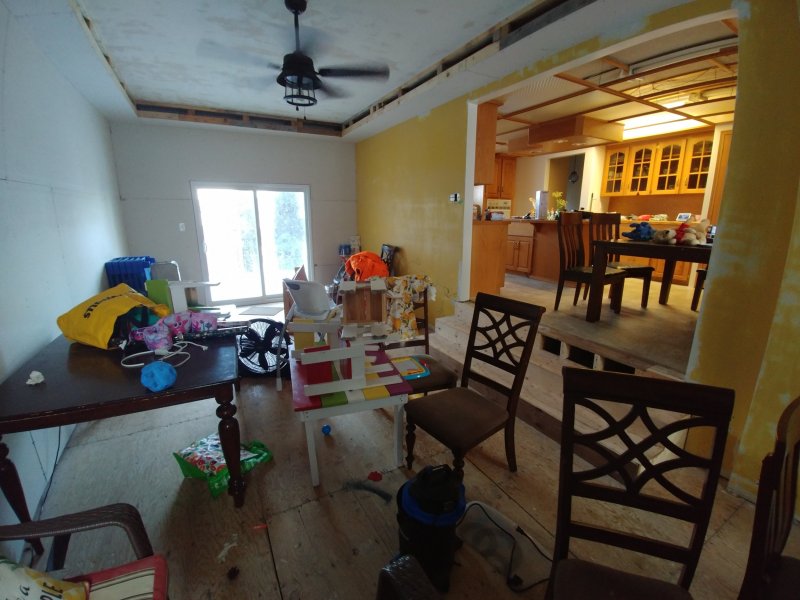 20220105_160137.jpg557.1 KB · Views: 33
20220105_160137.jpg557.1 KB · Views: 33
Last edited:

